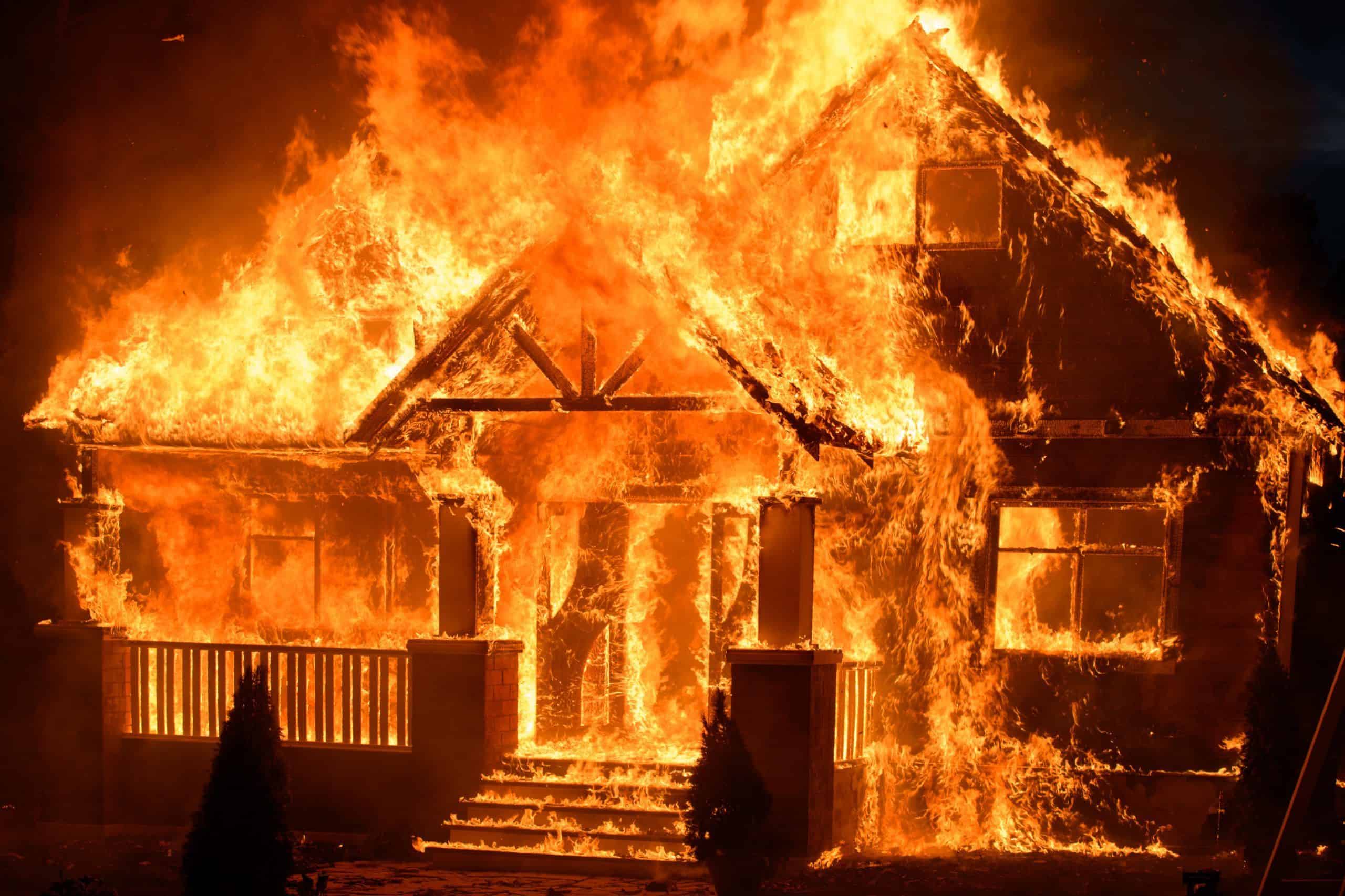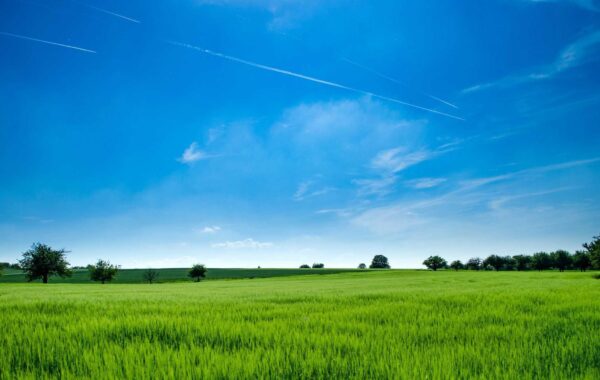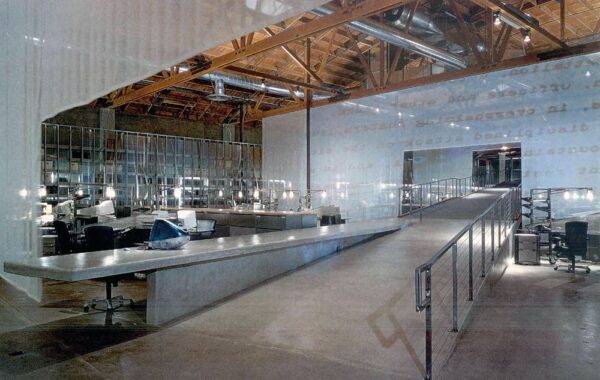
Fireproofing your home
Fireproofing is a big and multi-faceted subject
Can we even make a house fully fireproof? Not completely.
We can make it so fire resistant that it will not burn under certain circumstances. With good planning and construction, we can make it almost impossible to burn.
Good practice is to make sure we have made it difficult for a fire to start or grow in your house. How far we take measures to ensure safety is a big variable. We must look into the two main categories. Fire from an interior source, and fire from an exterior source.
The big one on many peoples’ minds is the subject of wild fires and a fire coming from outside the home. So, let’s address wildfires and then move on to the interior issues.
We try to make sure there are no parts of the house exposed that can readily be ignited by exterior fires. We have wind blown embers, the actual heat of flames, and then the radiant heat of a big fire coming at the house that can burn the house. These are all things we can guard against.
There are minimum building and fire standards that we assume all houses in these fire prone areas must meet. In fact, a house fully built up to these standards, maintained properly, and with the appropriate landscape and yard maintenance around the house will give you a fairly fire-resistant house. Most houses that burn from wild fires are either older houses not built to current safety standards, or where the maintenance left the structure more prone to being ignited by fire.
But that said, if you value your house, your possessions within the house, and if you or anyone you love is caught in the house during a firestorm, you would certainly appreciate a higher degree of safety. So, let’s look at options.
Some of the basic exterior finishes are stucco and cement board siding. We have some more options such as brick and stone siding. Then we go on to some more rare options such as concrete, concrete block, rammed earth, fireproof panels, and then address the materials things are mounted on. The structure behind the siding if any can be designed to be more fire resistant than having a standard wood structure.
All of these upgrades are more expensive than ‘standard’ local construction. Here in Southern California the most cost-effective option is stucco on wood framing, partly due to the vast resource of contractors familiar with this system that have turned it into a commodity. Anything that deviates from the basic and falls into more custom systems are typically more expensive. But if it is done correctly, you can glean some other great benefits from these less common features. Many of these more fire resistive finishes can add a lot of interesting character and make the house so much more unique and attractive. With the correct design integration, you can also gain some great passive heating and cooling advantages.
Your roof assemblies and finishes are important too. We start with some standard materials, and then look at what is the more appropriate material for you design style. With proper design integration we can take advantage of passive heating and cooling strategies at the roof as well.
Doors and windows. These have some graduated options. The basic solid exterior doors are a decent level of protection. Adding glass means we want to make sure we have dual glazed windows and preferably some of the more fire resistive units. These can step up to laminated and even fire rated glass. But we should note to add that true fire rated glass is very expensive and typically only used in high end commercial work.
Another layer of protection is shutters and roll down screens that can protect your openings. These step up the protection even further, because with any glass you can get radiant heat transmitted through the glass. With a big firestorm this radiant heat can heat the furnishings inside the house to the point of spontaneously combusting.
On the subject of exterior protection, thoughtful layout of the exterior hardscape and plantings can be very beneficial in fire prevention. The fire department and your insurance company will mandate some minimums, but again, you can easily ramp these up a little further.
On the inside of the house you’ll probably be installing fire sprinklers. These are mainly geared towards house fires and things starting within the house. You have options for the framing of the house, and we can upgrade them from wood to more fire resistive materials. There are also treatments we can order for the wood to make it less prone to burn.
Your window coverings and to some extent the furnishings can be selected for more resistive properties.
So early on in the design of your house, and preferably before you design your house, you should have a serious conversation with your architect.
For our projects we include a review specific to the fire resistance level the client wants to go to before we begin the design phase, so we can work all these ideas into the design from the beginning, rather than adding them later and having to rework parts of the design to accommodate these factors.
We have a great appreciation for good design and great architecture. We want to design the best. Give the clients a unique and beautiful home that is comfortable, fire resistive, and efficient. While we understand and typically work within budgets, we also encourage clients to consider their options.
For a once in a lifetime process to build your dream house, or at least one up to your standards of comfort, protection and beauty, we encourage people to step up to the better and best levels. Not just the standard economy box.
What are your priorities? Safety? Comfort? Efficiency? Beauty?
We hope you’ll agree, it’s worth it.


